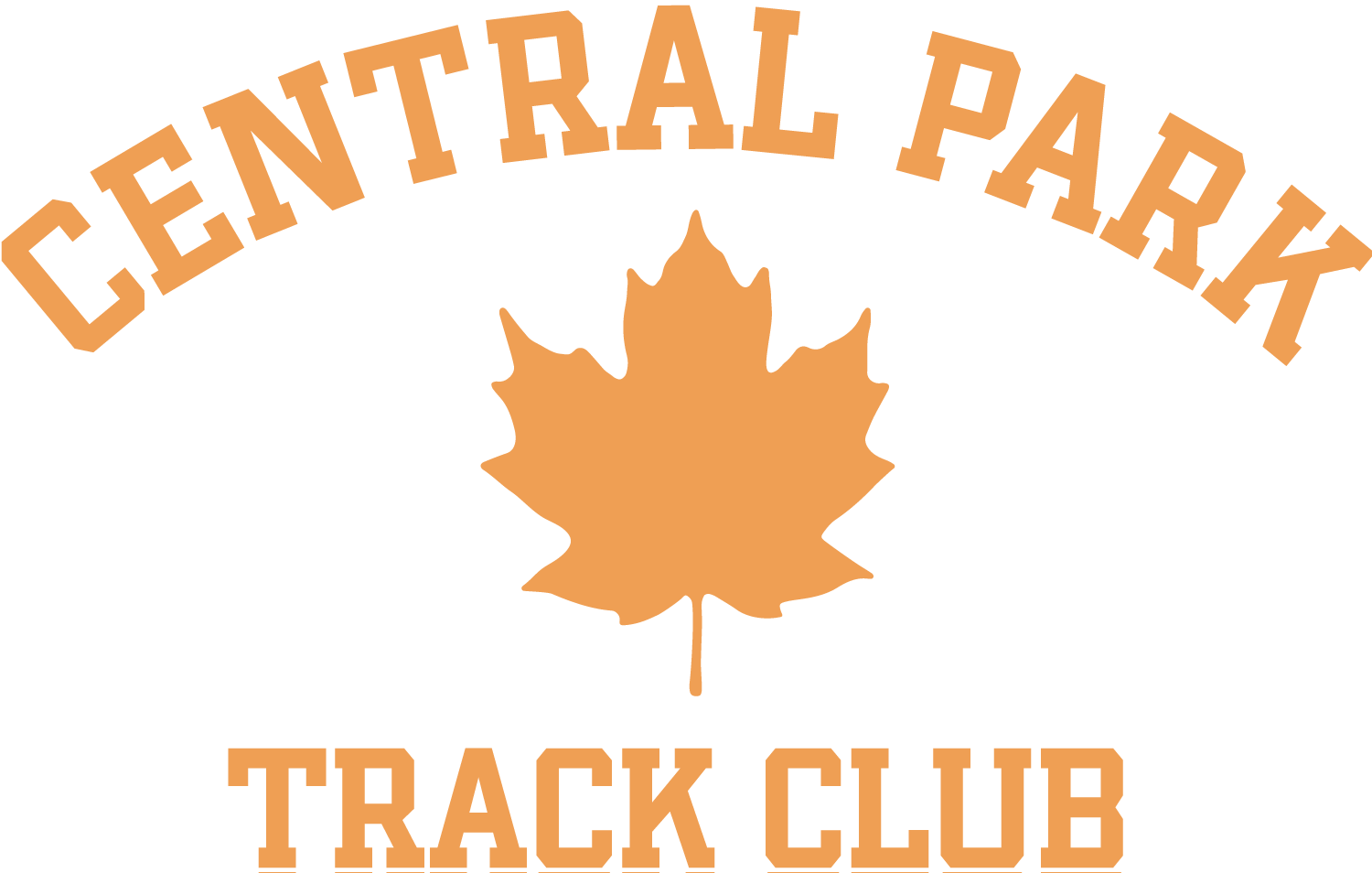Conventional wisdom is that masters athletes take longer to recover than younger runners. Some coaches – heck, one of our coaches – say that it takes an athlete of any age one day to recover per mile raced. Being unconventional has a payoff sometimes, and Stuart Calderwood is attestation. He ran the Philadelphia Marathon on November 23rd and then came back to run the Kleinerman 10k. How did it go for him? How about 2:48:06 and 35:49? He won his age group in both races and nearly set an age-graded PR in the 10k (86.3%).
I called Stuart up to get personally inspired and to find out more about what motivated him to take on a marathon/10k double in two weeks. Everyone has a different motivator – for Stuart what primarily drove him was to win the 50+ age group in both races. And he did – in Philly he won by seven minutes, and at the 10k by 15 seconds.
That desire to win the age group worked in an unintended way at Philly. At around the 20 mile mark there is a turnaround on the course, and Stuart spotted a runner ahead of him who appeared above 50. With a clear head, Stuart timed the distance to make up to be 88 seconds, and set off after him. It probably wasn’t easy, but Stuart ran his fastest 5k of the race from 35k to 40k, and caught him at 24.5 miles. “I treated that 5k as if it was the end of the race – I didn’t care if I crashed and burned,” he said. The only flames were from the bottom of Stuart’s shoes, as he sped in. Postscript: It turns out that the runner was an old-looking 49, but having that chase made his race. Stuart says it was his first negative–split marathon.
Hey, many of us ran marathons in the fall, and maybe someone else ran negative splits. What were we doing two weeks later? Unless you are Yasuhiro Makoshi, not running a near-age-graded PR in a 10k. Stuart had planned from the start to run the races back to back, since he is part of the CPTC 50+ team that was challenging for the points championship. Since just three athletes score in the 50+, he knew he was needed and didn’t want to let down the team. More motivation in the 10k came from knowing his competition – there are several 50+ racers who Stuart has been squaring off against all year, and he wanted to end the year with a win.
The season will slow down for Stuart the next few weeks – he may run the 15k this weekend, then will dial back and rest up for the indoor track season. Last year Stuart finished fourth in the World Indoor Masters Championships in the 3000 meters and is aiming for the U.S. Masters Championships this year at the same distance.
While Stuart had the best age-graded score for the men in the 10k, Sylvie Kimché had the best for the women (83.6%). Sylvie’s year is distinct for her having the top CPTC age-graded result in each of the races she ran this year.
On the age-graded PR side, we had just one: Andrea Ostrowski came off the track to whip around the park in her fastest road race of the year. Four athletes won their age groups: George Hirsch won the 70-74 for the first time this year, Stuart won the 50-54 for the third time, Yasuhiro prevailed in the 55-60 for the infinityith time, and Sylvie took the 60-64 for an incredible 15th straight race. She hasn’t lost a Road Runners race since 2005.
At the Holiday 4-miler the team had a bit of a light turnout. Which gives me some space to spotlight Frank Morton for having his best race ever as a masters athlete. He ran a 27:13 for a 73.1% and a trip to regional-class land.
Tom Phillips won his age group by a mighty minute and a half, as did Sylvie Kimché for the 16th consecutive race, and by two and a half minutes. Sylvie was the top performing CPTCer for the seventh time this year.
Looking back a few weeks, at the frigid and sodden Pete McArdle 15k cross country race in VCP, the indomitable and inimitable Sid Howard won his age group for the fourth race in a row.
Finally, we won the annual points competition for the 50+, both men and women – congratulations to everyone who contributed to those teams all year.
dgreenb300@aol.com

